
The seven French monks among 19 Catholics murdered in Algeria in the 1990s, and being beatified Saturday, were killed in murky circumstances with damning claims years afterwards casting doubt on the official version.
Only the heads of the men, aged between 45 and 82, were ever found after their kidnapping, which came as Algeria was deep in the 1991-2002 civil war between government forces and Islamists that left up to 200,000 people dead.
The tragedy inspired the 2010 French film "Des Hommes et des Dieux" ("Of Gods and Men"), which won the Cannes film festival's Grand Prix that year.
Here is an overview of the mystery of the murdered monks of Tibhirine.
Kidnapped from a monastery
The Trappist monks lived at the Notre Dame de l'Atlas monastery in Tibhirine, about 80 kilometres (50 miles) southwest of Algiers, outside the town of Medea.
On the night of March 26 to 27, 1996, a group of gunmen stormed the monastery and kidnapped the seven Frenchmen.
A month later the Armed Islamic Group of Algeria (GIA), one of the main insurgent groups at war with the secular government, claimed responsibility.
GIA chief Djamel Zitouni said they could be exchanged for jailed insurgents.
But on May 23 the GIA announced it had slit the monks' throats two days earlier, blaming the French government's refusal to negotiate.
The Algerian army said it found their heads on May 30 on a road near Medea. The bodies were never seen again.
Questions surface
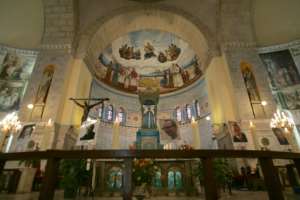 Photographs of the monks of Tibhirine in the Notre Dame d'Afrique basilica in Algiers in 2006. By FAYEZ NURELDINE (AFP/File)
Photographs of the monks of Tibhirine in the Notre Dame d'Afrique basilica in Algiers in 2006. By FAYEZ NURELDINE (AFP/File) The Algerian government maintained that the massacre was another Islamist crime.
However doubts were raised after allegations that the army itself may have been responsible, either through a blunder or to discredit the Islamists.
In July 2002 a former Algerian soldier, Abderrahmane Chouchane, said that Zitouni had also been a military agent while running the GIA.
Then in December 2002 an ex-member of the Algerian secret services, Abdelkader Tigha, claimed in the French daily Liberation that the military had ordered the abductions using the services of Zitouni's group.
"Annoyed by the obstinate presence of the Trappist monks in a strategic area ... and anxious to secure France's support for its anti-terrorist campaign," the military decided to kidnap them, Tigha alleged from prison.
In 2004 Paris prosecutors opened a formal inquiry.
French general Francois Buchwalter, the military attache to Algiers in 1996, told the investigation in 2009 that he had learned that the Algerian military killed the men in error.
Buchwalter said an Algerian soldier whose brother took part had told him that military helicopters had opened fire on a militant camp, realising afterwards that they had also killed the monks.
The general said the monks' heads were removed afterwards to make it look like the work of jihadist rebels. He accused the French authorities of abetting a cover-up.
Skulls exhumed
In 2014, three years after a formal request, Algeria agreed the skulls, buried at the monastery, could be exhumed for examination in the presence of French magistrates and experts.
It however blocked the French team from taking the samples back to Paris.
In 2015 the investigators released a report that heaped doubts on the official version by concluding the monks were likely killed several weeks before the date claimed by the GIA.
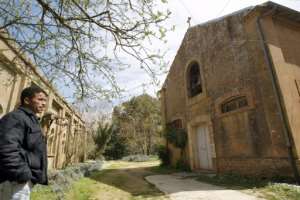 The Notre Dame de l'Atlas monastery in Tibhirine photographed in 2006. By FAYEZ NURELDINE (AFP)
The Notre Dame de l'Atlas monastery in Tibhirine photographed in 2006. By FAYEZ NURELDINE (AFP) They said the skulls did not show bullet wounds, which would also undermine the claim of an army error, but without the bodies it was hard to make any conclusions on how the men died.
Investigators were finally in 2016 able to take samples from the remains to France.
Another report released in 2018 made similar conclusions but added that all the skulls showed signs of a "post-mortem decapitation", feeding suspicions their beheading may have been staged.
Martyrs
In January 2018 the Vatican declared that the monks were martyrs for their faith, along with the 12 other slain clergy, including the bishop of Oran, Pierre Claverie, killed in a bombing in 1996.
They had been murdered "in odium fidei", or out of hatred for the faith, it said, opening the way for their beatification -- the first step on the path to Roman Catholic sainthood.
Read Full Story

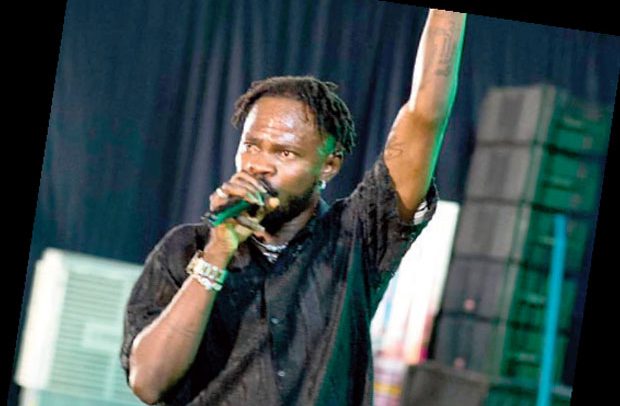




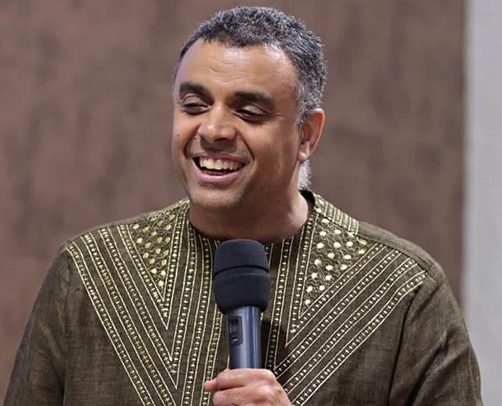




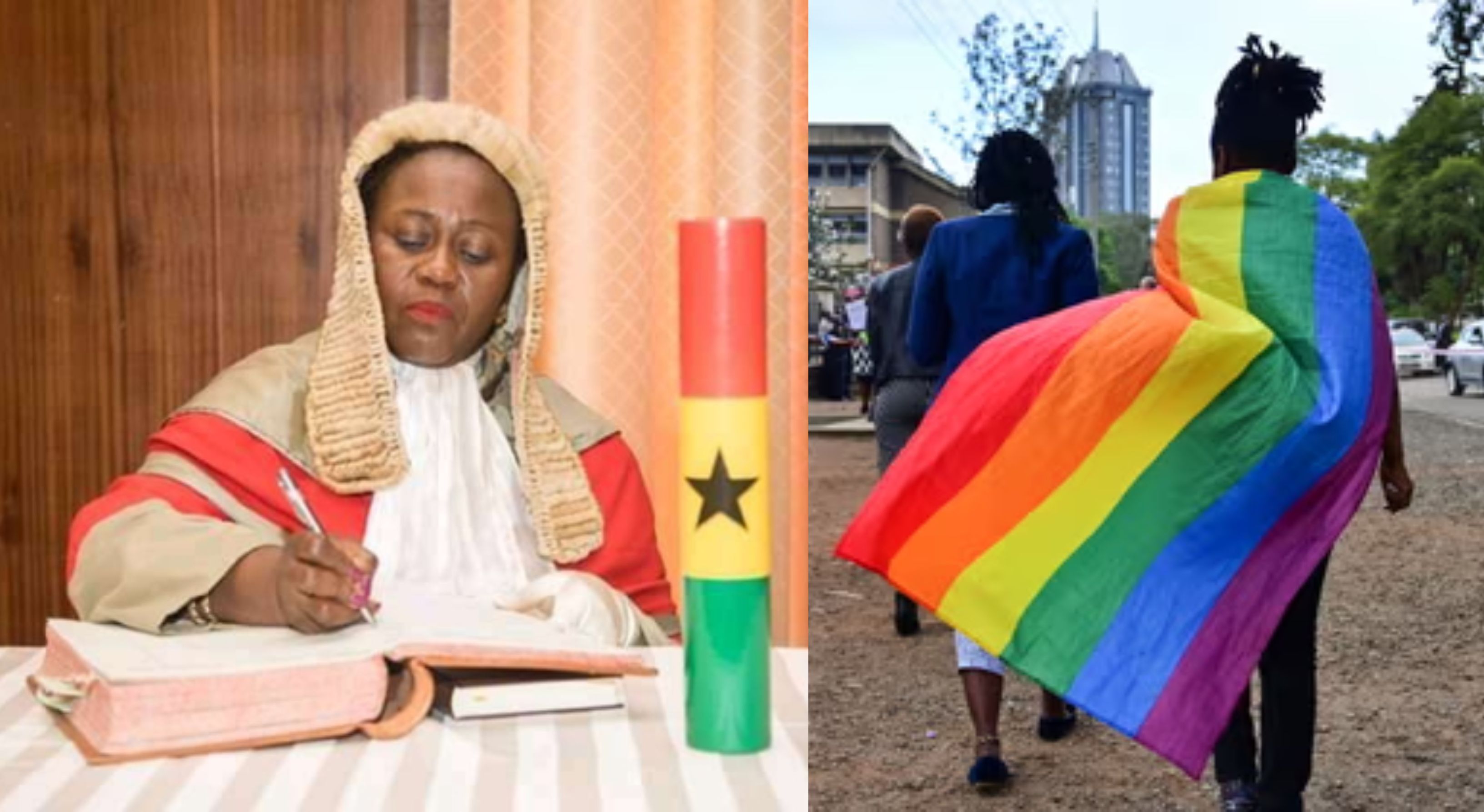
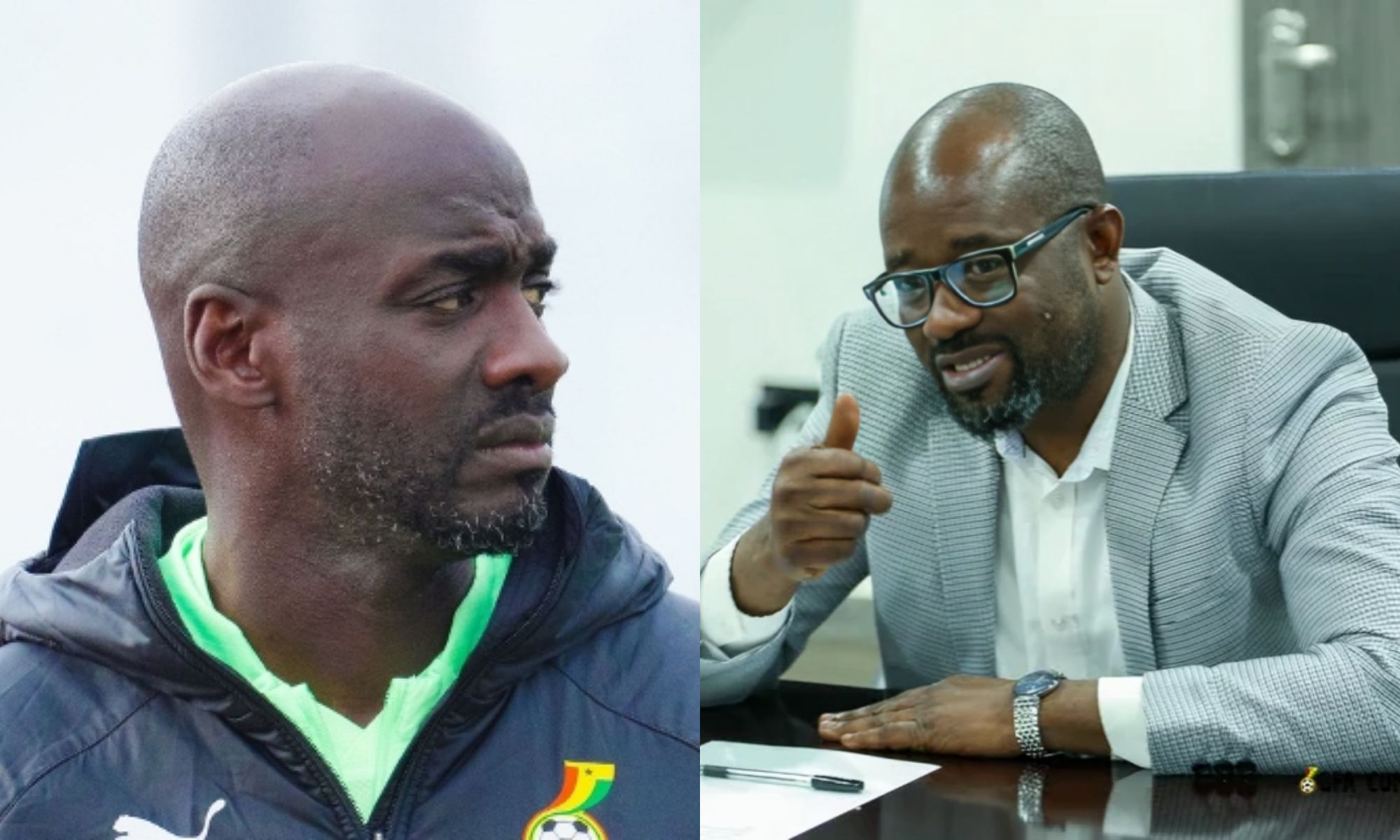


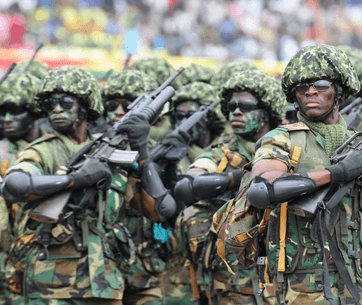


Facebook
Twitter
Pinterest
Instagram
Google+
YouTube
LinkedIn
RSS